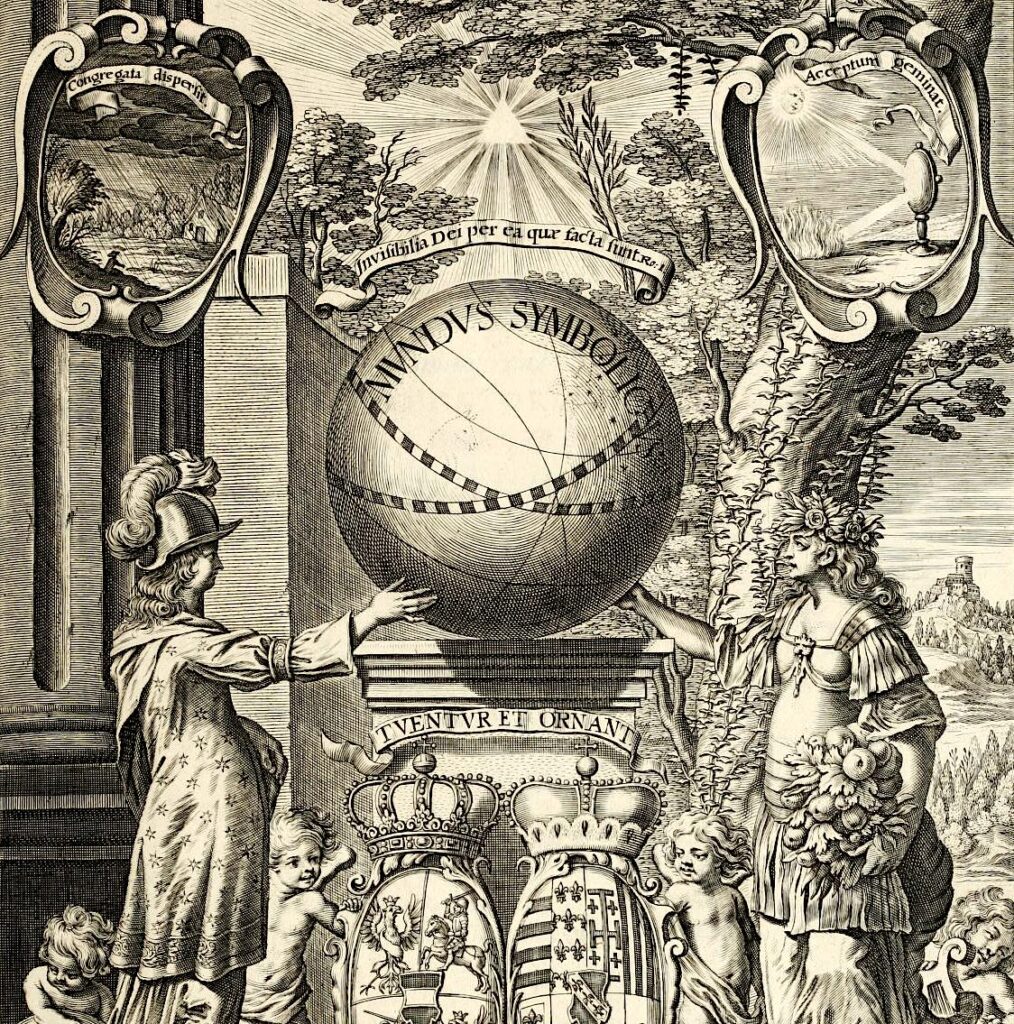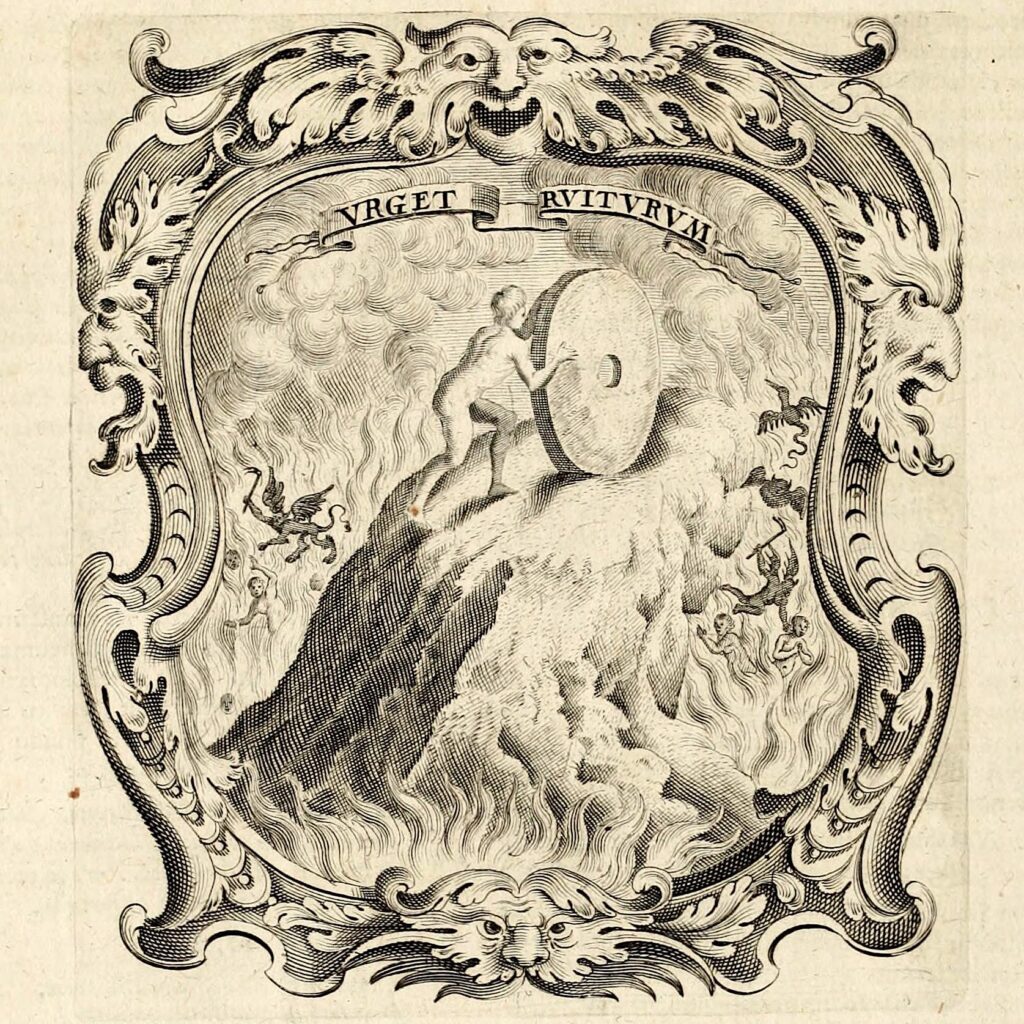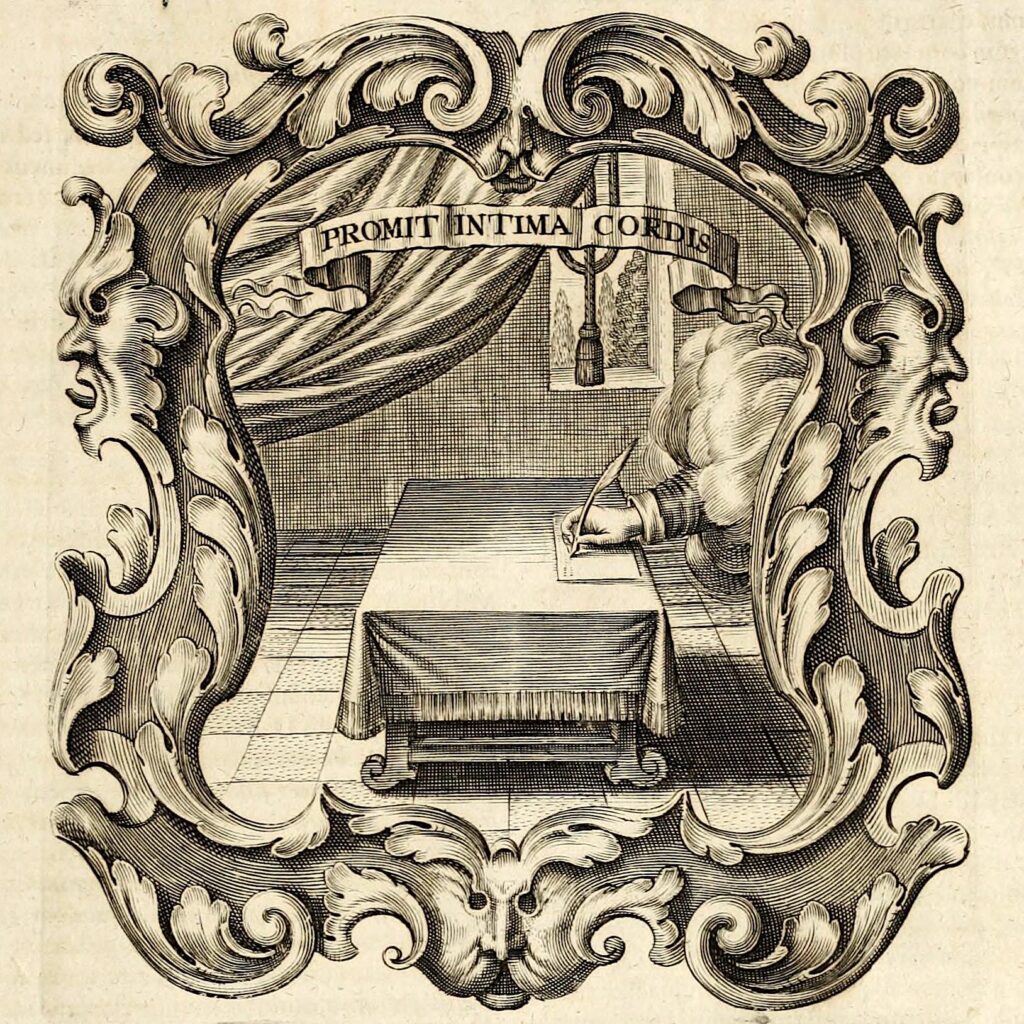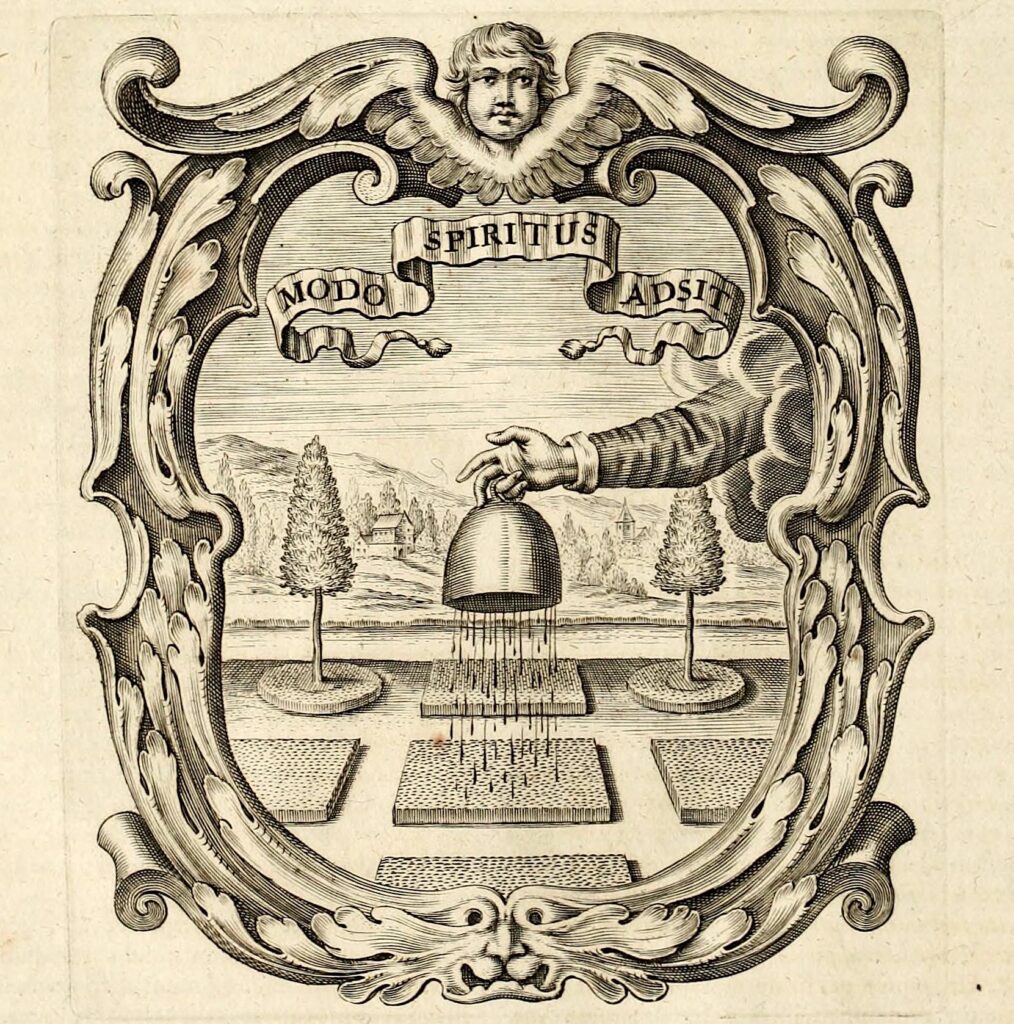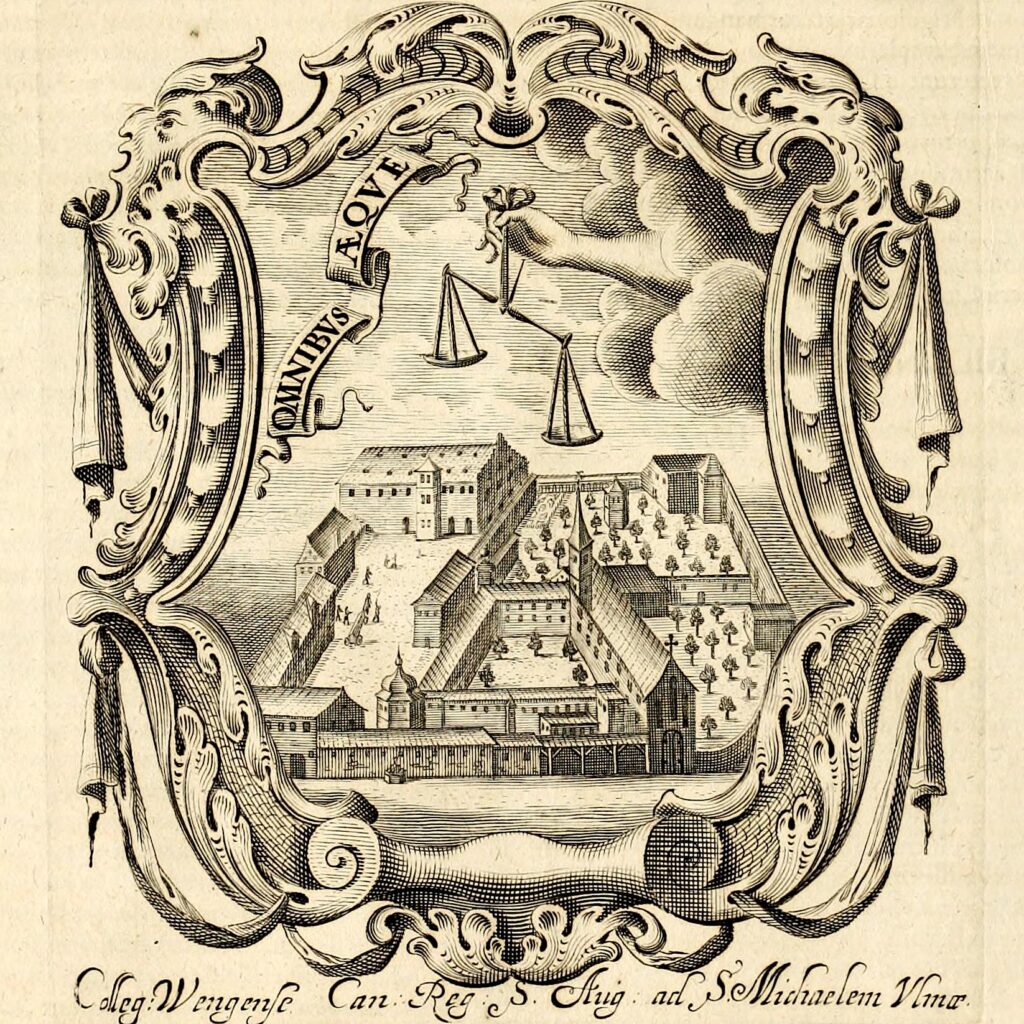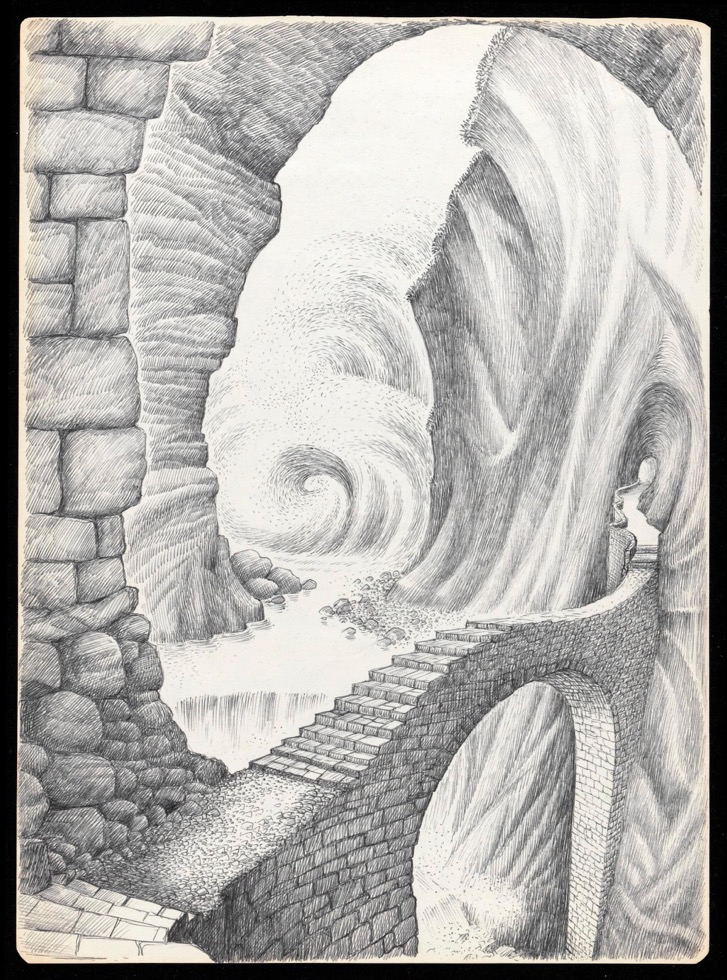
Depictions of dreams of a patients in Jungian analysis by M.A.C.T., 1970s. Source: Wellcome Collection



Depictions of dreams of a patients in Jungian analysis by M.A.C.T., 1970s. Source: Wellcome Collection
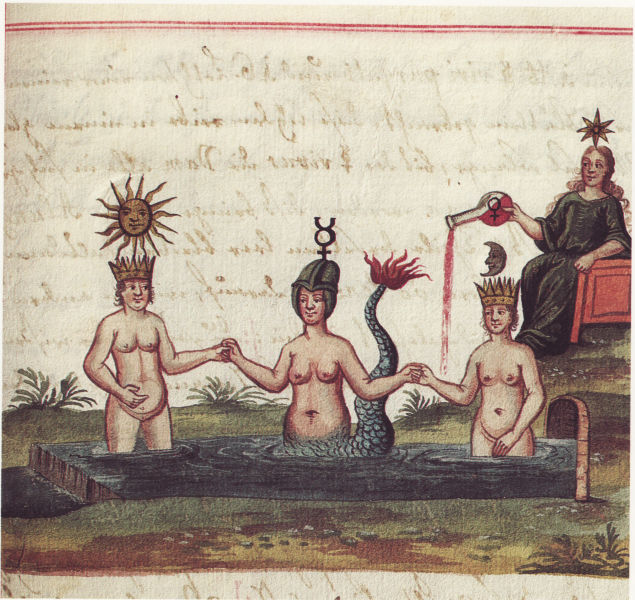
Heavenly bodies are essential in alchemy, particularly the sun, moon, Venus, Mars, Mercury, Jupiter and Saturn. Symbols of these planets are common in alchemical art along with their Greek god counterparts, and the success of operations were sometimes tied to zodiacal time. Beyond times of the month, day and hour, these heavenly bodies also corresponded to metals, parts of the body, cardinal sins, and cardinal virtues. Images: Clavis artis, Zoroaster, 17th century and De naturae…historia, Robert Fludd, 1680
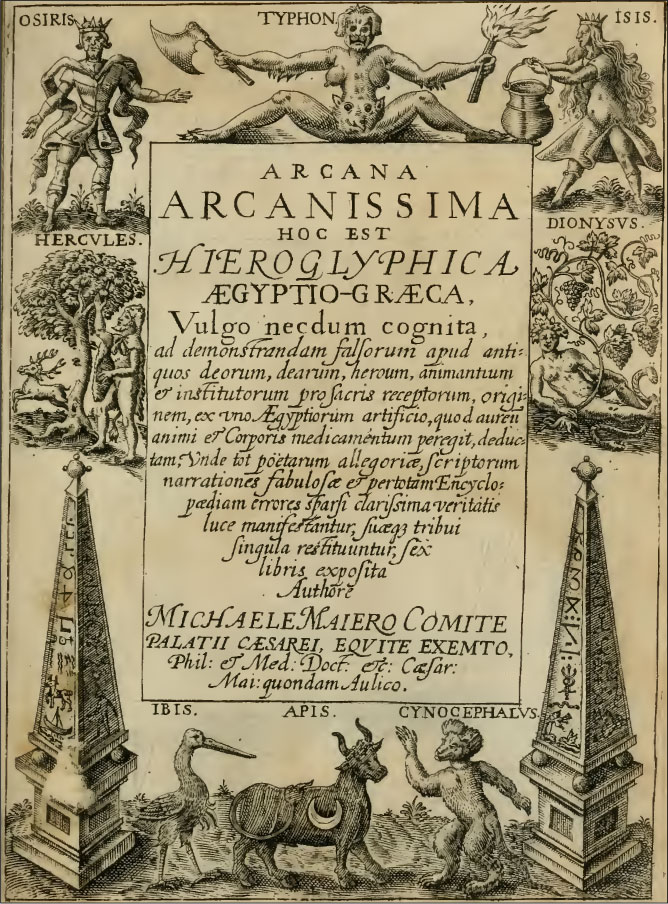
The title plate from Michael Maier’s Arcana Arcanissima, 1614. Above are three figures from the Egyptian myth of the dismemberment of Osiris by his brother Typhon, and reassembling by his sister Isis. The Greek gods Hercules and Dionysus flank the sides and below are the Egyptian mythological creatures of Ibis, Apis, and Cynocephalus.
– Dion Fortune
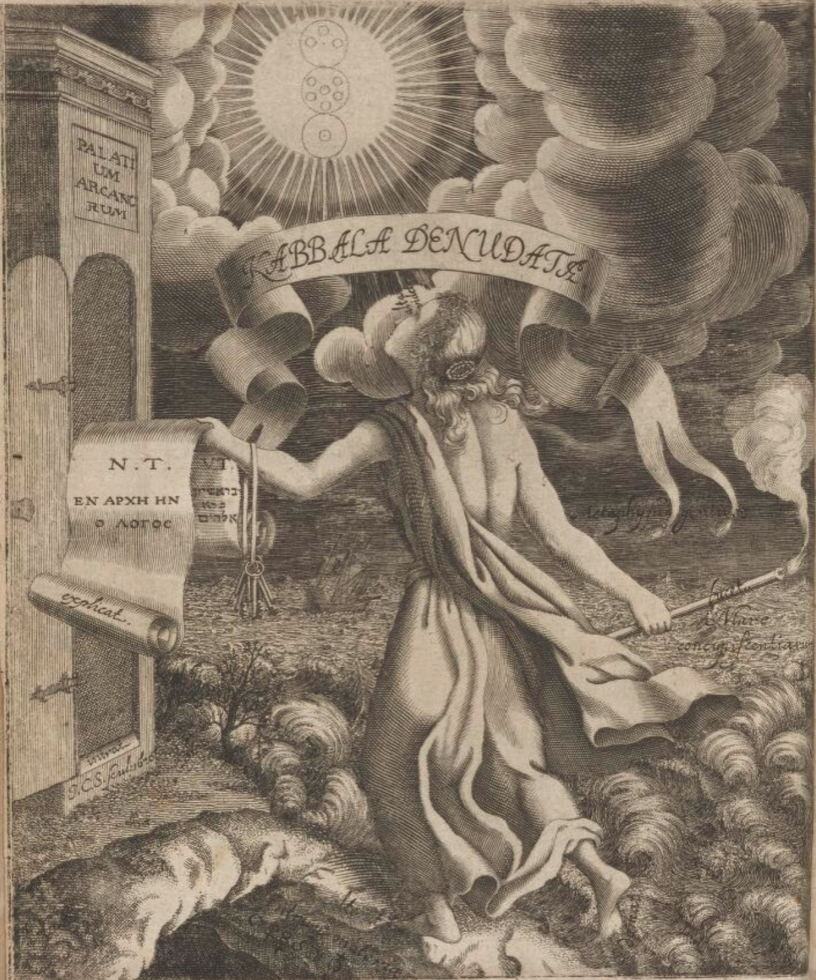
Title Plate and Charts from Knorr von Rosenroth’s Kabbala Denudata, 1698. Also known as Kabbalah Unveiled, the Latin portion of the text was translated by S. L. Macgregor Mathers, but the Hebrew portion was left out, bringing the 2,600+ page manuscript to less than 300 pages. Source: Embassy of the Free Mind

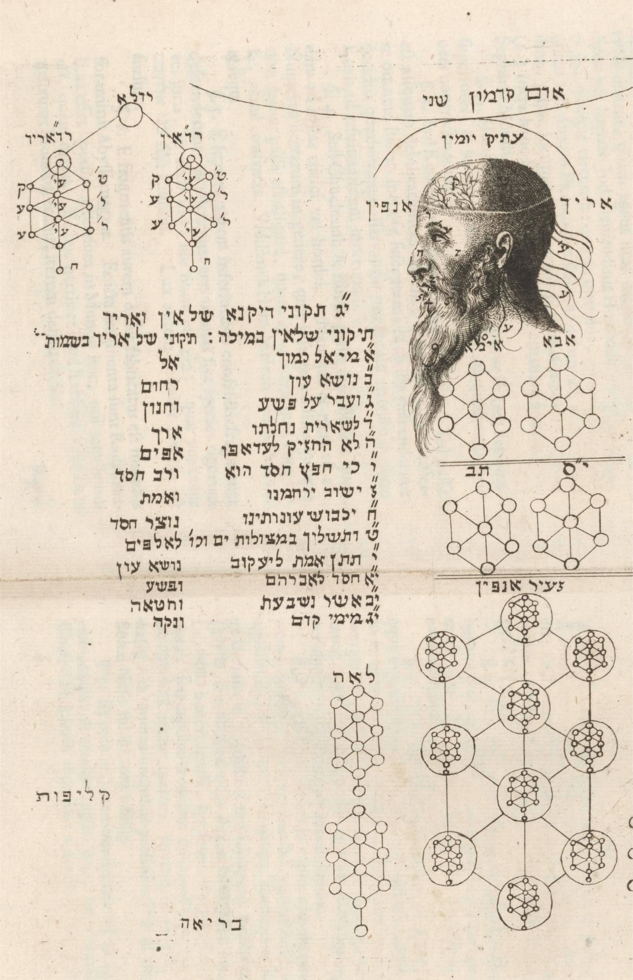
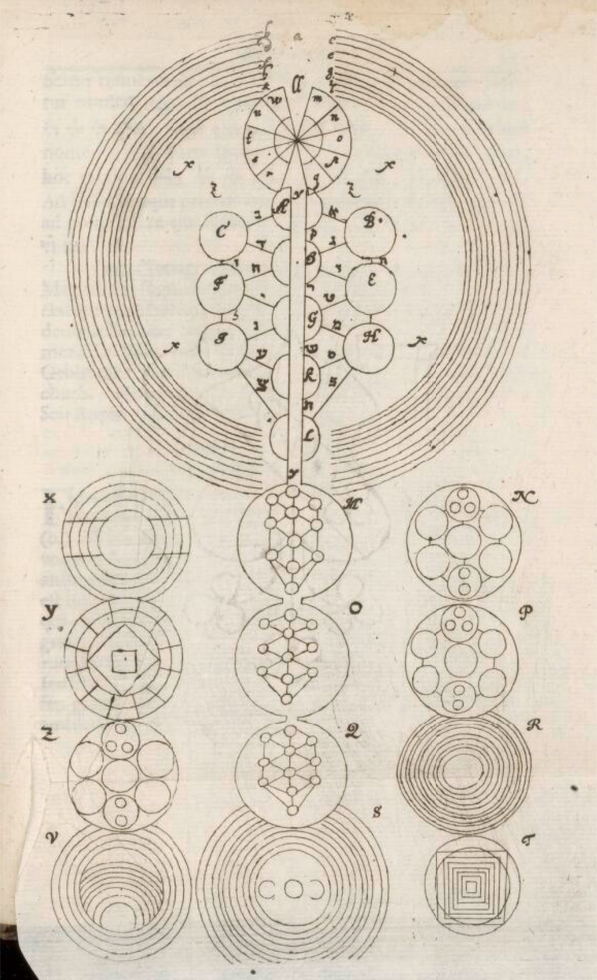
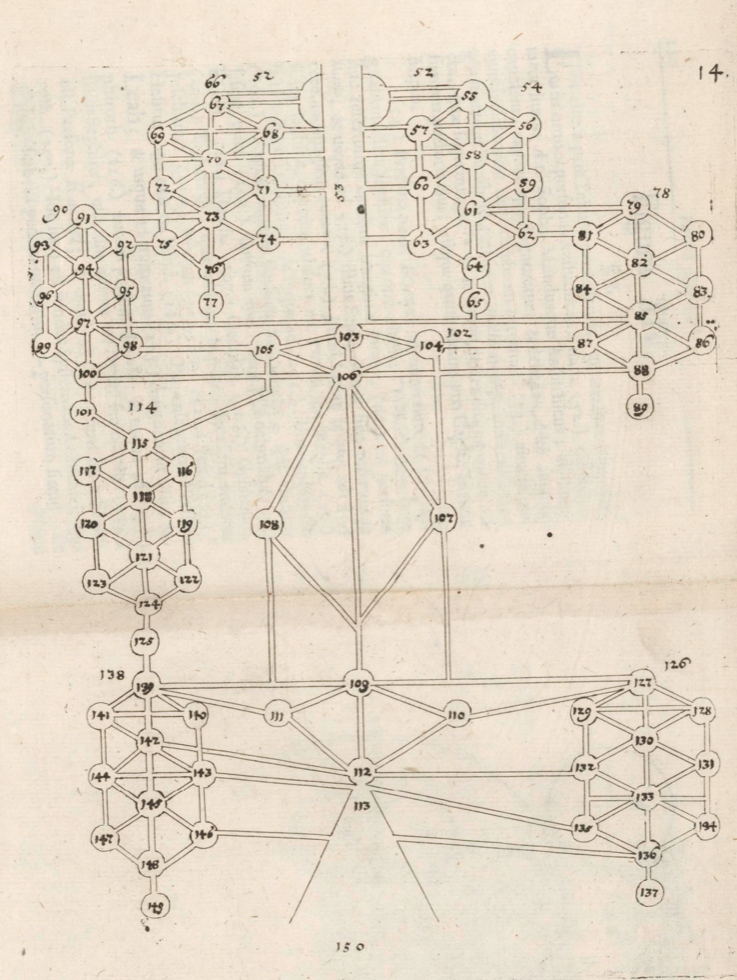

Spread found in the book Les Plus Secrets Mystères des Hauts Grades de la Maçonnerie Dévoilés (The Most Secret Mysteries of the High Ranks of Masonry Revealed) by Karl Friedrich Koppen, 1768. Source: Embassy of the Free Mind
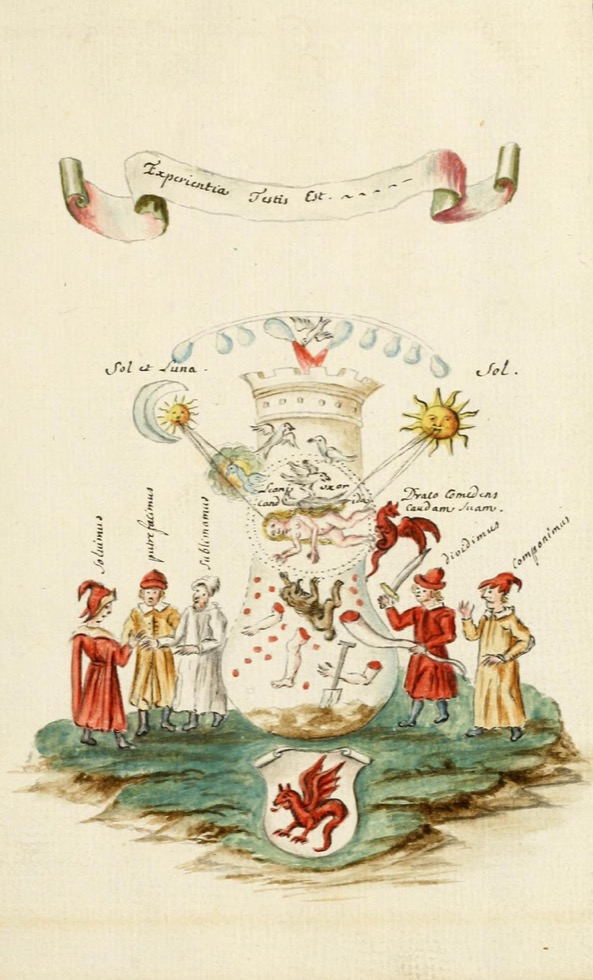
Alchemical art from Les Vaissevax D’Hermes, 1700. Source: Manly P. Hall’s collection of alchemical manuscripts, Box 14

Emblems from Manly P. Hall’s collection of alchemical manuscripts, 1600, Box 4, MS 19. From: archive.org

Alchemical art from Alchemy: Ancient and Modern by H. Stanley Redgrove, 1911. The sea represents the body, and the two fish represent the Soul and Spirit. Colorized by Eve Harms. Licensed under CC0
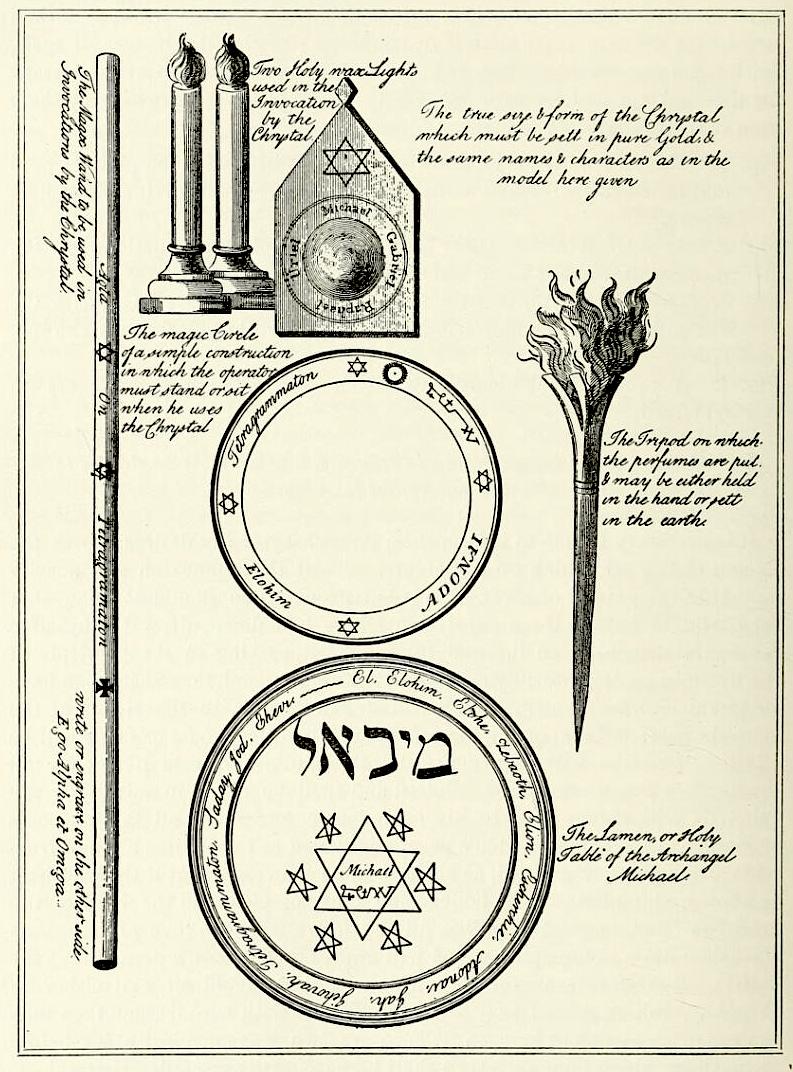
Diagram of magickal instruments described in Trithemius’ Book of Secrets: a magic circle, crystal, the Holy Table of Arch Angel Michael, incense/herb burner, magic wand, and candles. From The Book of the Magi, Francis Barrett, 1896. Source: Wellcome Library
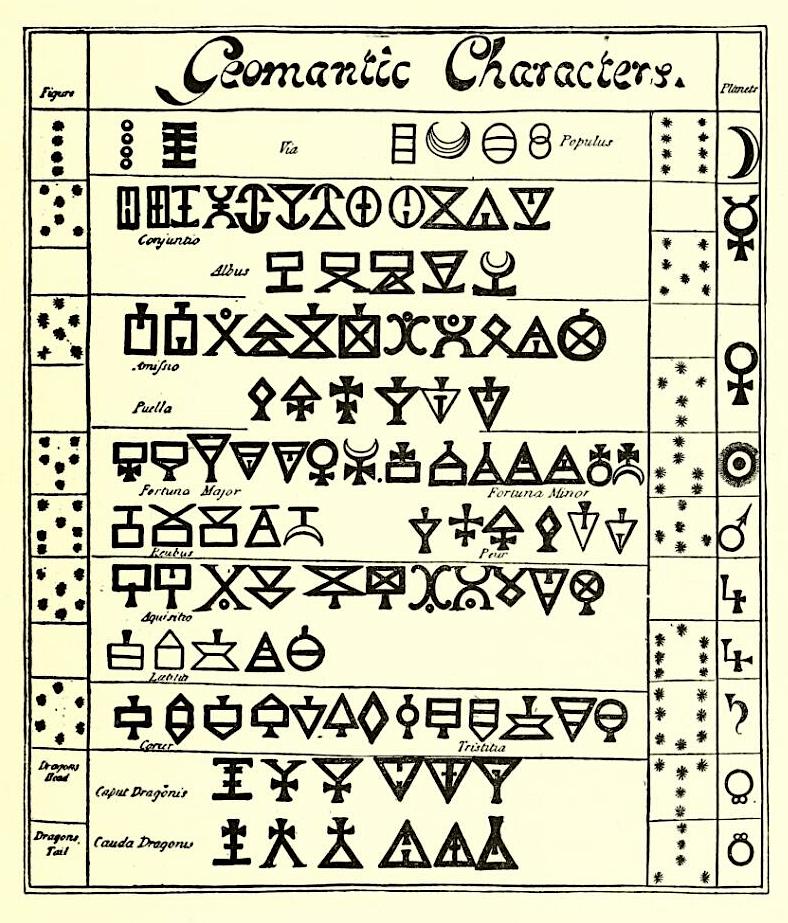
A chart of characters used in Geomancy, a divination method that uses markings on the ground or tossing handfuls of earth, sand or rocks. These characters are identified in the arrangement and charts help interpret the meaning. From The Book of the Magi, Francis Barrett, 1896. Source: Wellcome Library
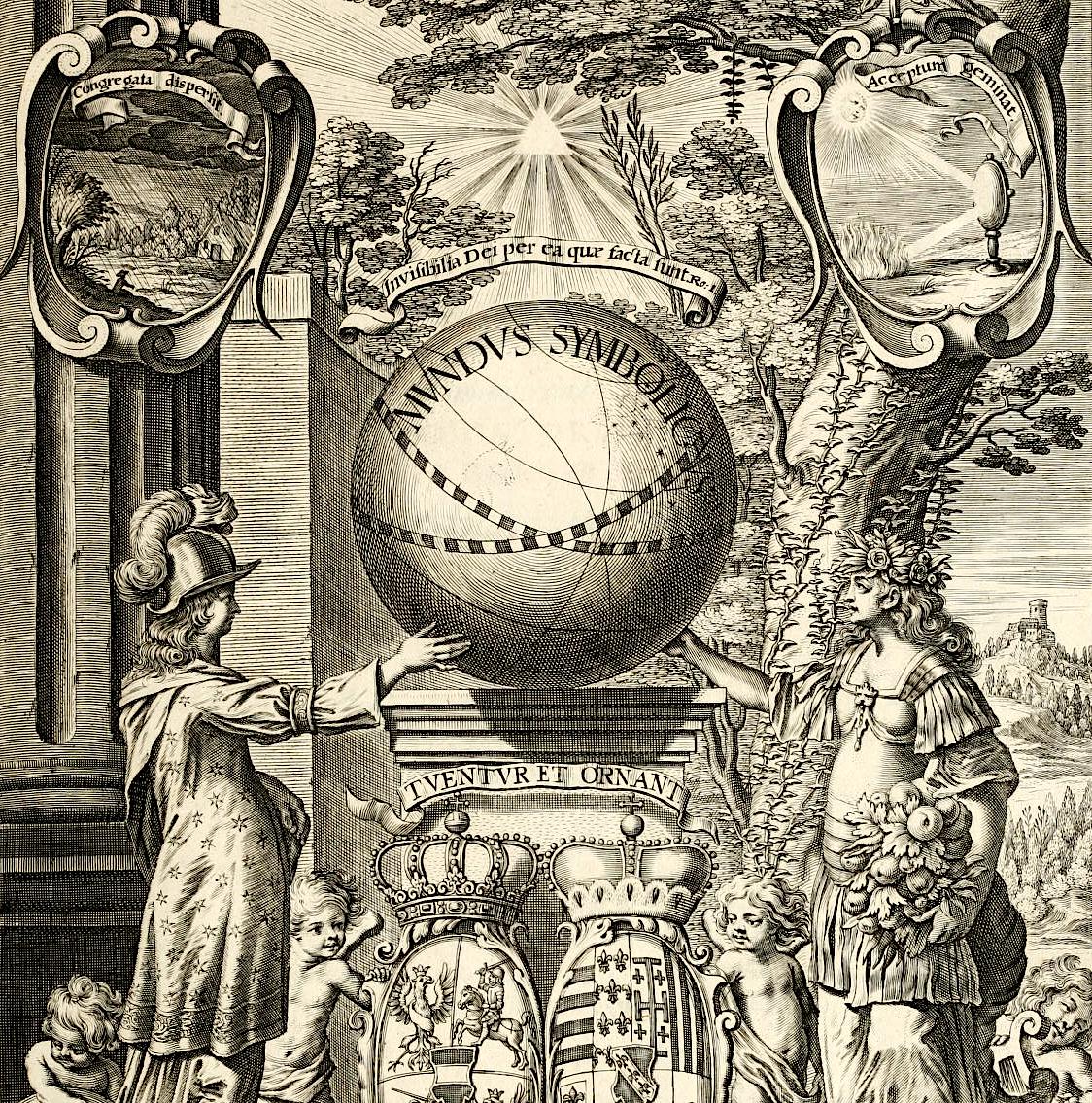
Images from Mundus Symbolicus (Symbolic World) by Filippo Picinelli, 1687. The book attempted to be a comprehensive encyclopedia of symbols for use in decoding creation. Source: archive.org
